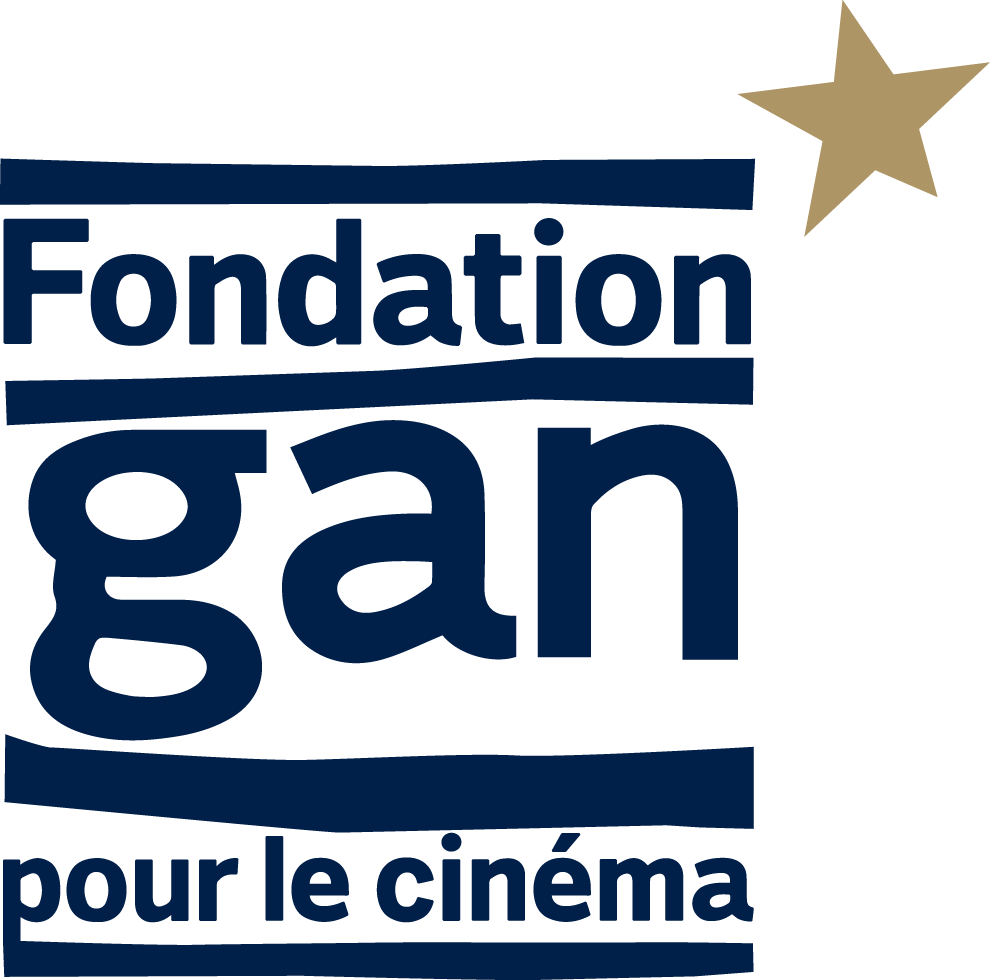Your debut feature, Apaches, was already located in Corsica. What is your connection to the island?
I was born in 1970 in Ajaccio and I also grew up there. I always found it difficult to narrate my adolescence. How could I connect the specific, namely the particular context of increasing violence on the island at the end of the ‘90s, to the more general scope, that of a young « average » adult, a fan of the Cure and discovering Pialat’s films. In Une vie violente, I wanted to chart this plurality, this irreducible side of that context, that period and that place.
How did you build up your narrative?
The key thread is directly inspired by Nicolas Montigny’s personal story, just like my hero Stéphane, he had a bourgeois background until he fell into petty crime, then lower into major crime, before embracing a radical political movement. The account contains a lot of my personal memories. And of course the actors came with their own input. The casting took place in Corsica for one year in the shape of a workshop where each actor had to play either a chosen scene, or to improvise different situations.
How did you manage to film this kind of violence? The execution scene at the beginning, a sequence shot, is for instance very shocking.
I wanted to inscribe this violence at an early stage into the conscience of the spectator. So that it haunts him. But the same violence is also called into question. That’s why, the opening scene is a rather smooth one, showing a young man in Paris. His identity is not yet revealed. Then comes the scene you were talking about, a very primitive one. What is the link between the two? The past comes into the present at that point, like a reminiscence. I chose the sequence shot so that the spectator may completely adhere to the rhythm of the film. This being settled, action may deploy from everywhere, the tension is permanent.







